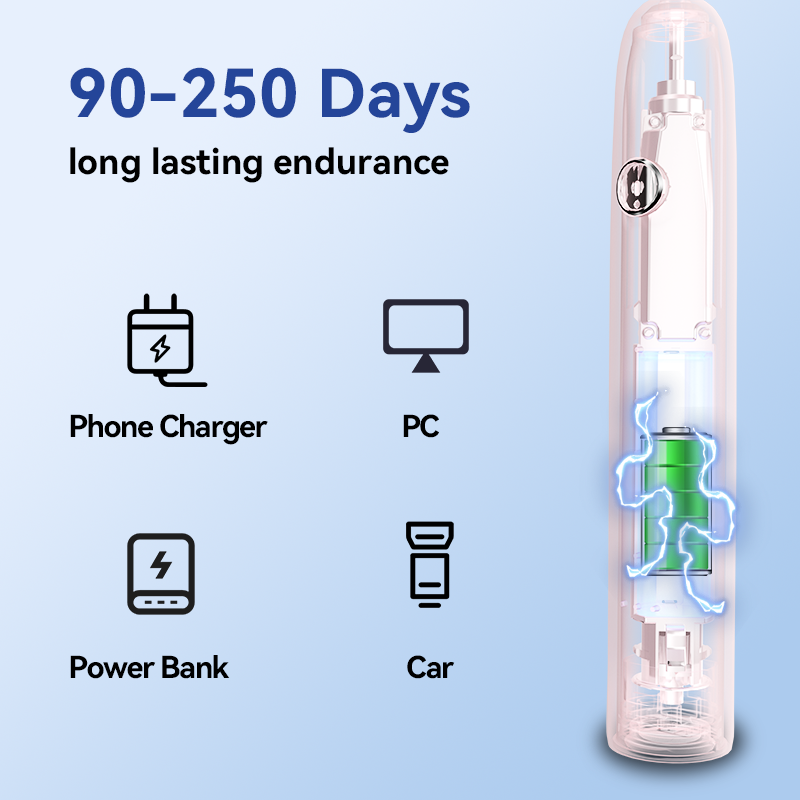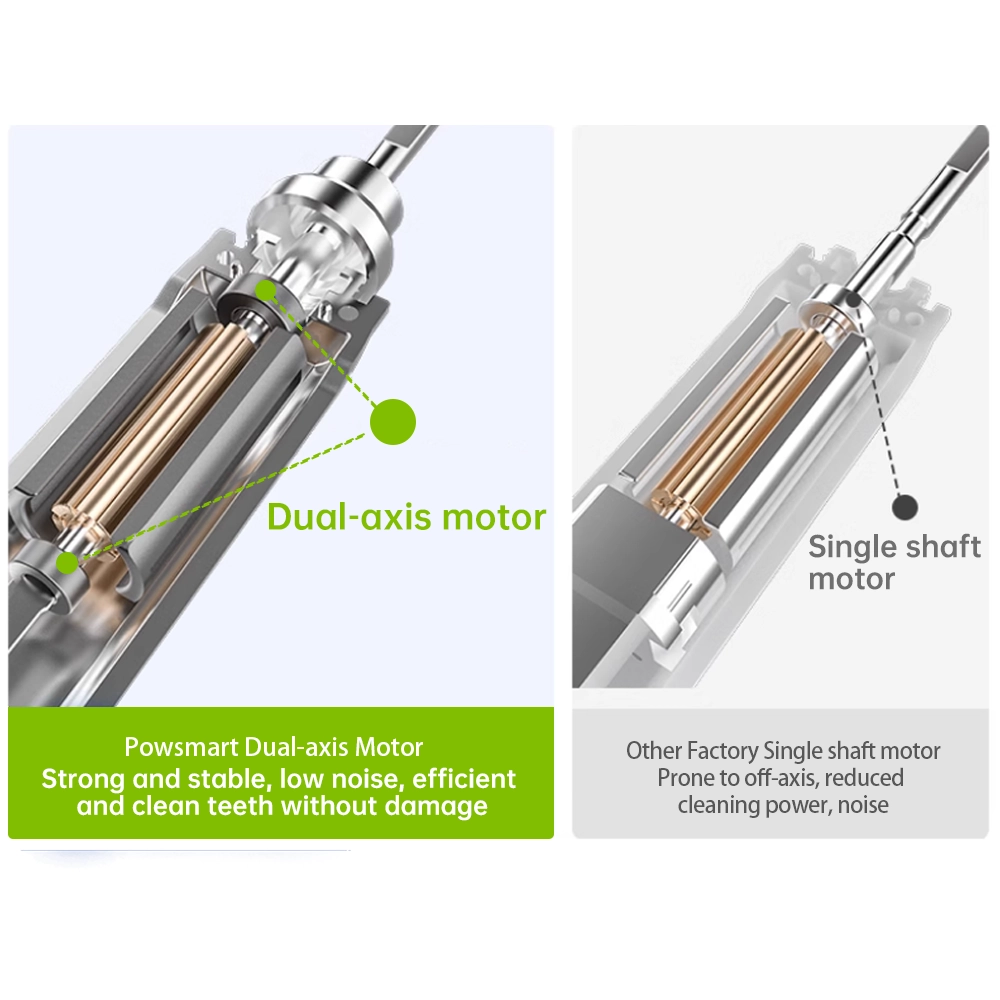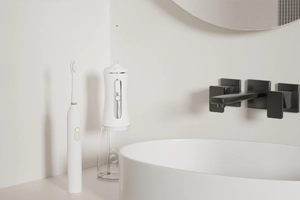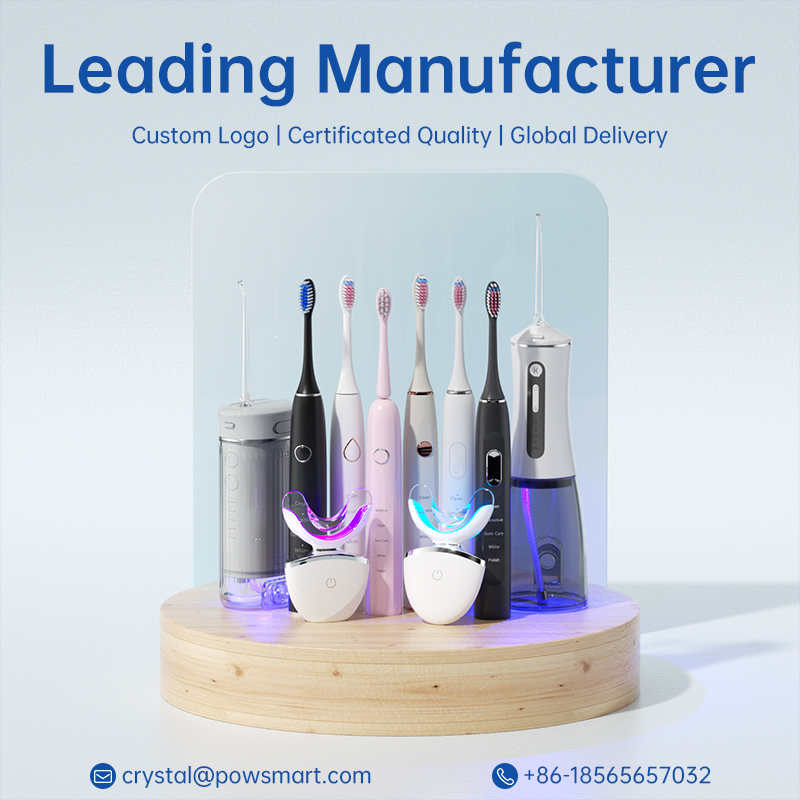For any water flosser or oral irrigator brand targeting global markets, user control and flow reliability are non-negotiable. Yet in many customer complaints and field test reports, a recurring problem appears: button unresponsiveness occurring alongside flow inconsistency. While these may seem like separate issues at first, deeper technical diagnostics reveal a shared root cause—and an actionable solution. In this article, we’ll explore how these two defects are interlinked, what causes them, and how manufacturers can eliminate them through engineering and quality process refinement.
In real-world usage scenarios, the following symptoms often appear together:
This combination not only disrupts usability but also undermines the product’s perceived quality—especially when users expect precise control in premium models.
An unresponsive button is rarely caused by the button itself alone. Instead, it often results from:
Once the control input is delayed or dropped entirely, the result is user frustration and control failure—sometimes perceived as a dead unit. Company web: https://www.powsmart.com/product/electric-toothbrush/
Flow inconsistency refers to irregular or unstable water output—sometimes weak, sometimes forceful, and occasionally stopped entirely. This may stem from:
What’s key here is: when the button signal is unstable, it can trigger improper motor activation or pump timing—directly leading to unpredictable water flow.
The connection between button unresponsiveness and flow inconsistency lies in a disrupted signal-power-control chain:
So what starts as a control input failure rapidly degrades system reliability—making both the interface and the output erratic.
To eliminate both defects, OEMs must engineer across multiple layers:
At the production level, adding button cycle testing and flow uniformity simulation into QA protocols helps catch issues before shipment.
Rather than just fixing the issue, manufacturers can convert it into a product differentiator:
In markets where user comfort, elderly usability, and hygiene precision are top priorities, reliable control and stable flow aren’t luxuries—they’re expectations.
Engineers may perceive button unresponsiveness and flow inconsistency as isolated issues, but in reality, these interconnected failure modes demand a systemic engineering approach. For B2B manufacturers, solving these defects doesn’t just improve product performance—it directly improves brand perception, user trust, and client retention. Engineers can fully resolve these “small” issues through rigorous testing, signal control design, and smart firmware refinement—and even use them as proof of next-level product maturity..Contact us
.jpg)
.jpg)
Durable Electric Toothbrush for Frequent Travelers Gujarat

Want Hollywood smiles? Dental veneers via cosmetic dentistry — worth it?

How Much Do You Know About Motor Science in Electric Toothbrushes?

Technological Breakthrough in Solving Water Flosser Leakage Problem: How to Achieve Complete Leakage Prevention?
App-Enabled Toothbrush Bulk Orders | Smart Oral Care Solutions

Low noise sonic technology for quiet electric toothbrush manufacturing

Why Do My Teeth Feel Sore After Using a Home Teeth Whitening Device?

How Can Water Flosser Factories Help Brand Owners Build High-End Product Lines?
Does a Water Flosser Require Regular Maintenance? How Should It Be Cleaned?

Is Blue Light Under 480nm Safe for Teeth Whitening Devices?
Adapter Overheating with Circuit Shorting – Fire Risk?

Reasons for the Large Price Differences When Choosing Electric Toothbrushes and Whether It Is Worth Considering

Subscription Model for Oral Care: OEM Strategies for Brush Head Replacement

The Evolution of the User Experience: How Dentistry Technology is Changing Everyday Oral Care

Why is an Alaska travel toothbrush designed as an Alaska rugged toothbrush?

The Importance of Dust-Free Workshop in Oral Care Product Manufacturing

electric toothbrush heads Deep Clean

Private Label Whitening Gel
.jpg)
Florida Electric Toothbrush – Powsmart PTR-C8

electric toothbrush heads Charcoal Infuse-Round

Electric toothbrush heads Charcoal Infused-Diamond

Customization Teeth Whitening Gel

electric toothbrush heads Ultra Soft

electric toothbrush heads Regular Clean
whstapp
whstapp
National Toll-Free Service Hotline
+86 755 86238638